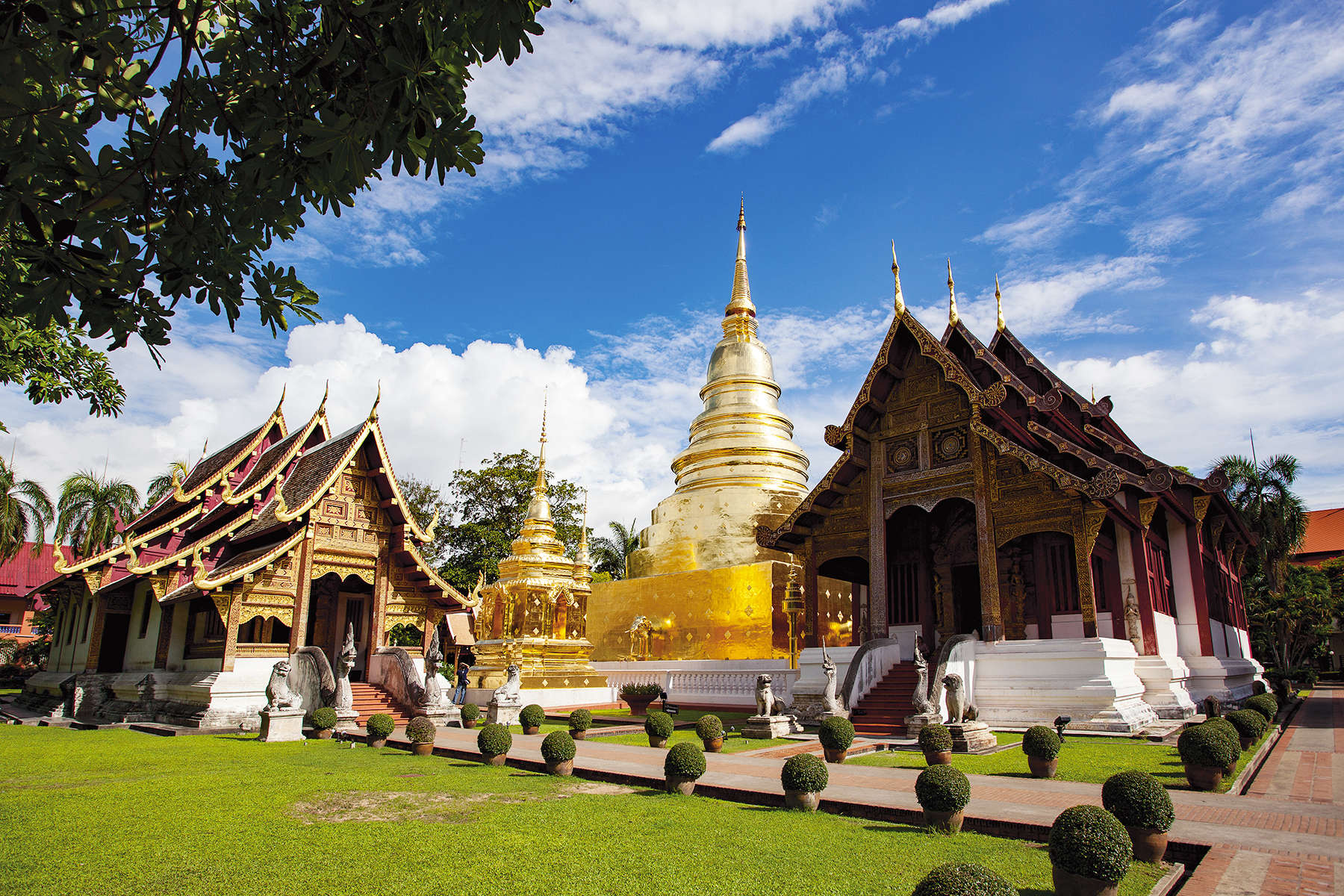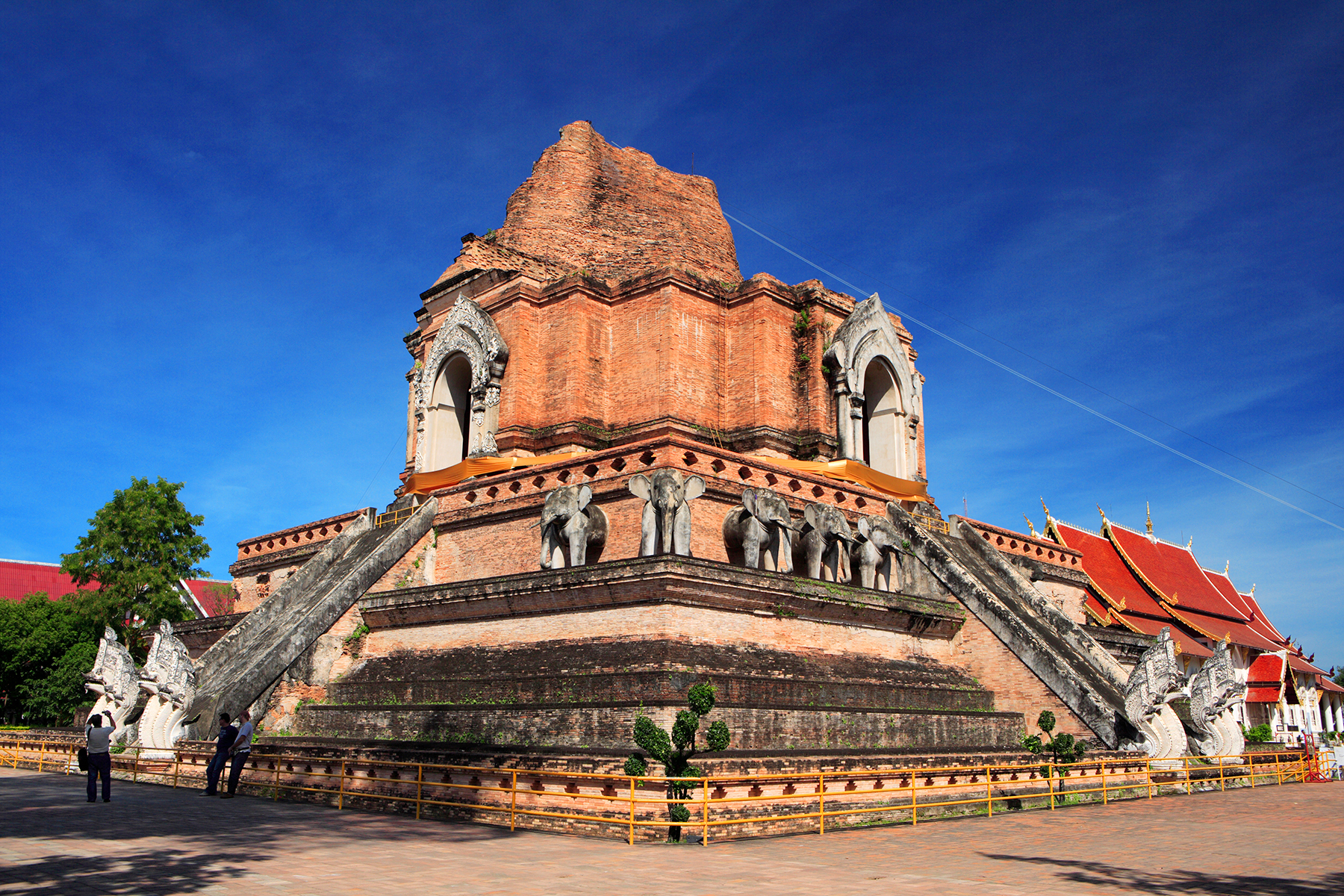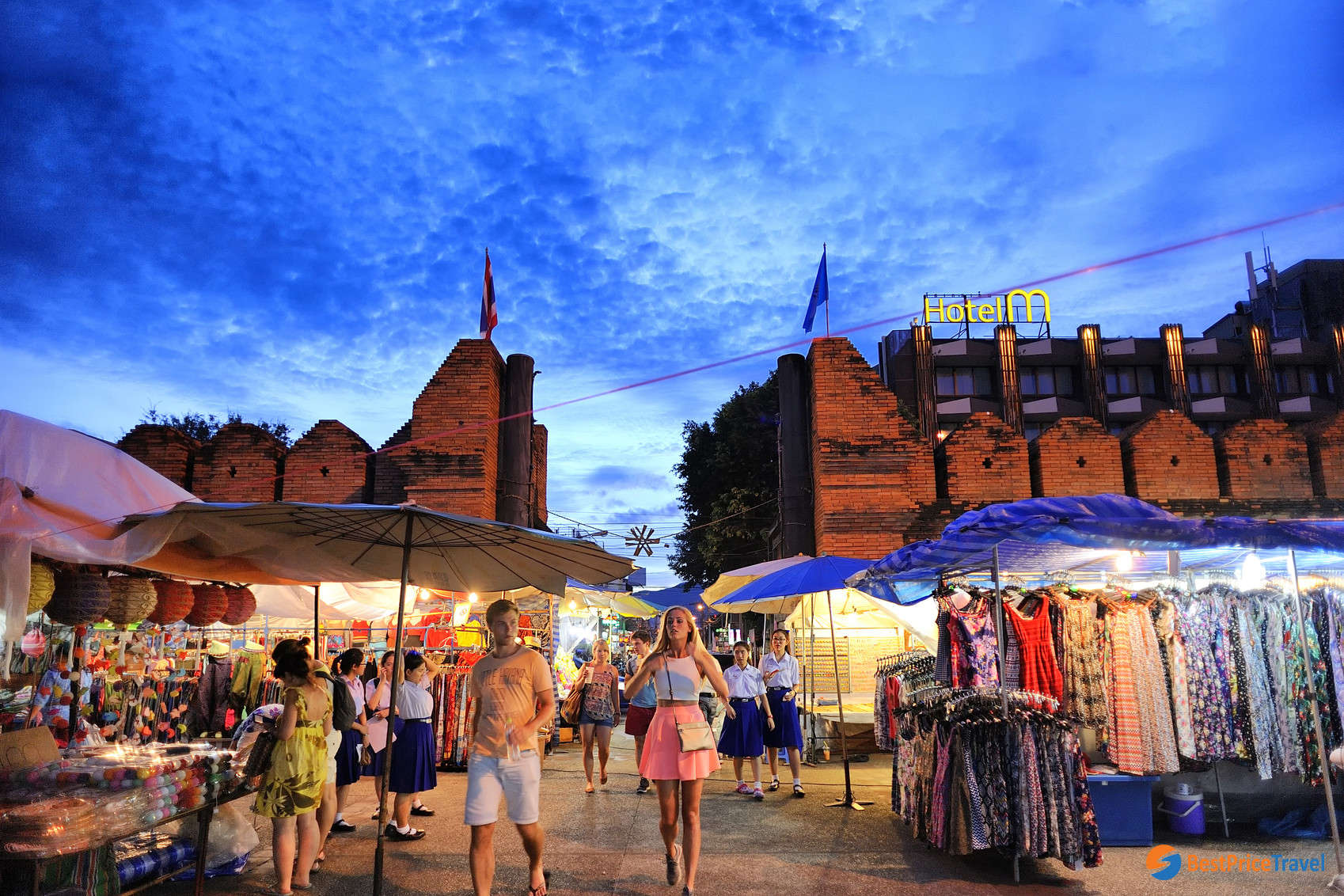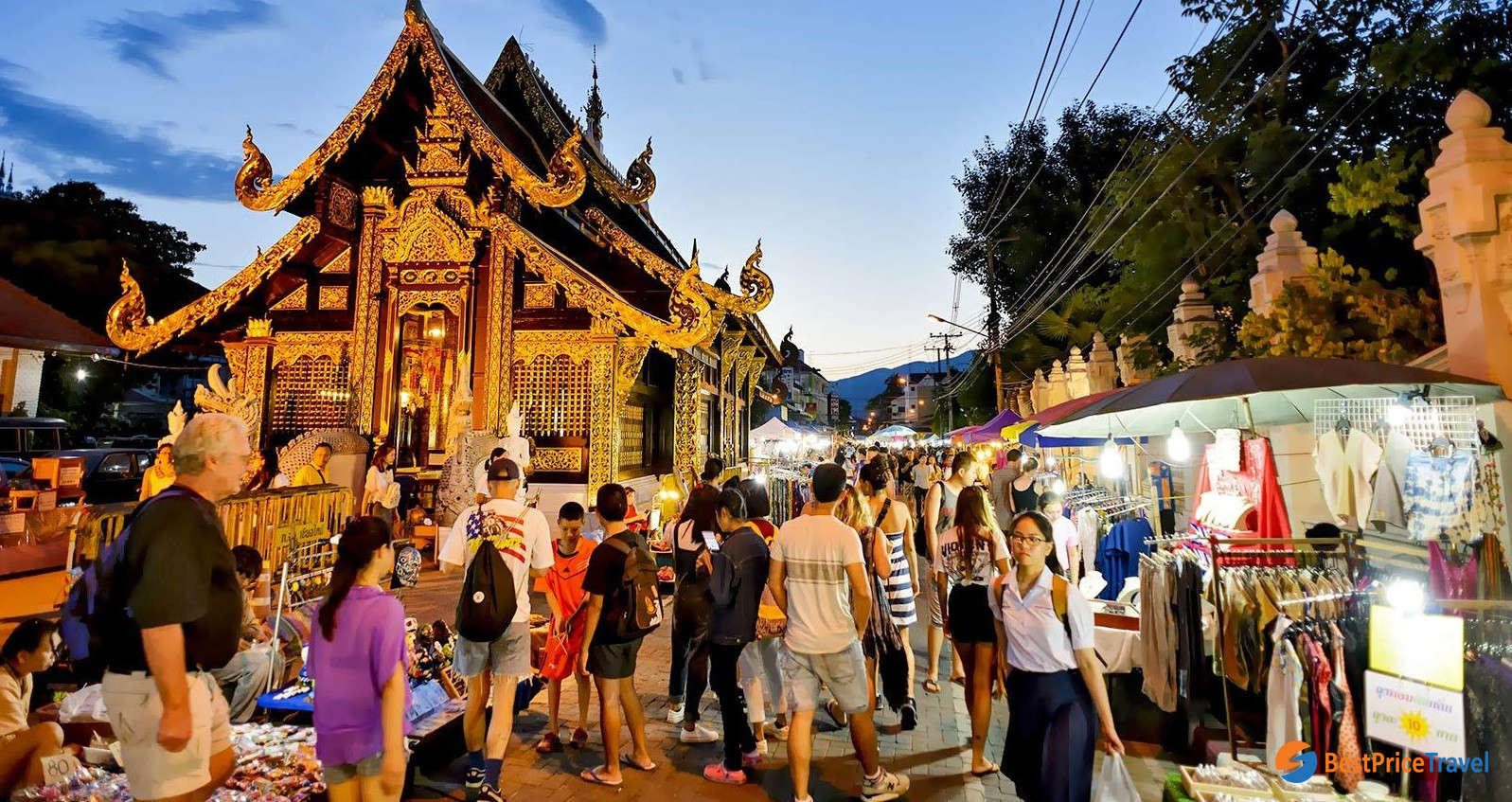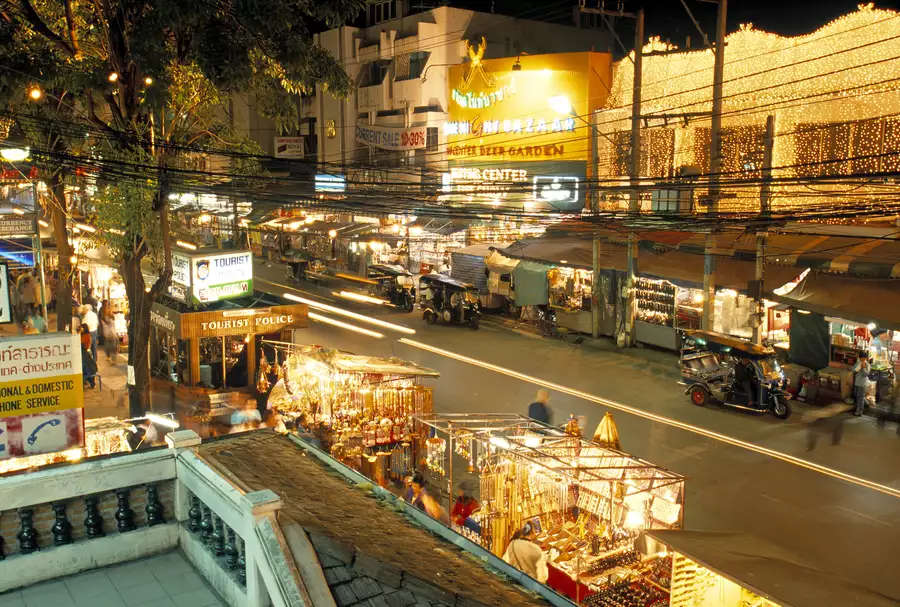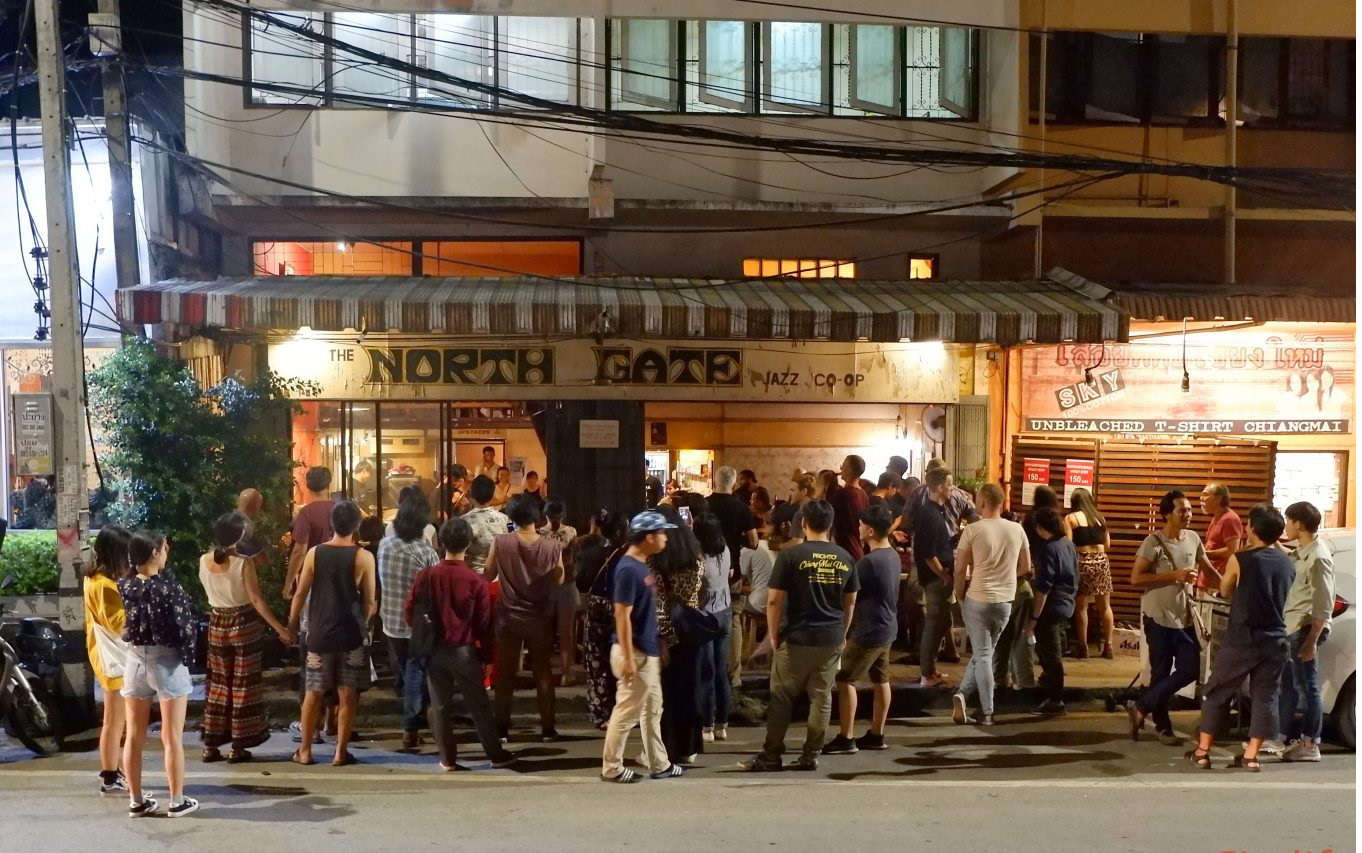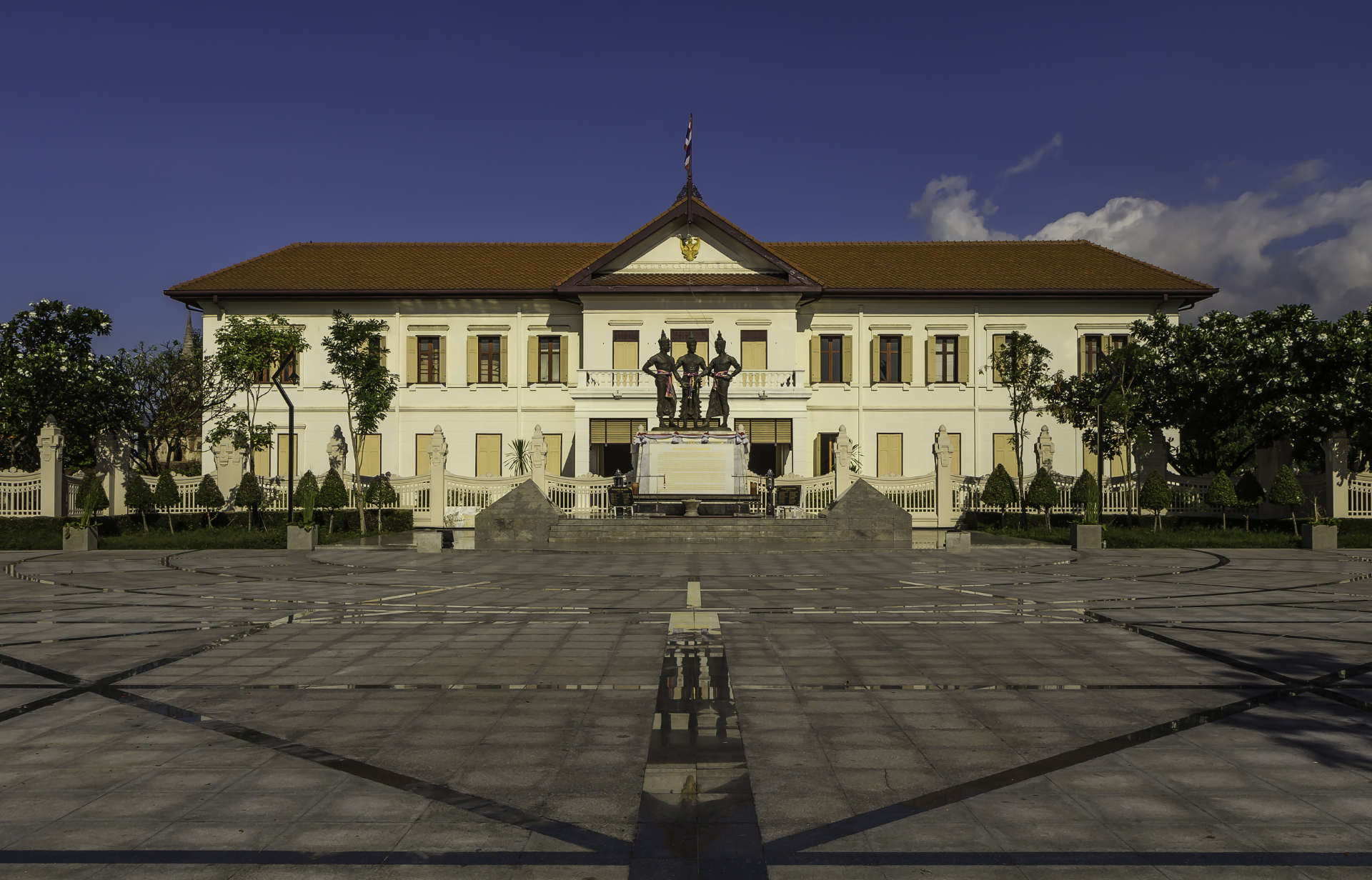OUR NEWS & BLOG
Chiang Mai has so much to offer. One of the most interesting places to visit is the old town. It is home to hundreds of temples and ancient buildings, and it is the perfect place to get a feel for the cultural heritage of Thailand. This post will look at the cultural heritage of the old town through pictures and text.
Chiangmai’s Old Town has been listed as the world’s first UNESCO World Heritage site. This is a treasure trove of cultural history and is a collection of temples, art galleries, museums and a home to many international travelers.
What is the Old Town in Chiangmai like?
Chiangmai Old Town is a cultural heritage site that is the best place to visit in Chiangmai. It is a must-see area for travelers who want to learn about the city’s history. Chiangmai Old Town is located on the west side of the Ping River, in the center of the old city. It is an area that is full of temples and shrines, as well as Buddhist statues and temples including the famous Wualai Hmong village, Wat Chedi Luang, Wat Phrasingha and the Lanna Cultural Heritage Center. You will also find many people visiting the area to learn about the city’s history. The old city is full of history, but it also has a few bars, restaurants and hotels where you can grab a bite to eat or a drink.
How did Chiangmai’s Old Town get its name?
Chiangmai’s old town is named after the city’s founder King Mengrai who established what is now Chiangmai. The name “Chiangmai” means “New City” in the Tai Lue language. The area was originally called ‘Chiangmai Lanna’ which means ‘Chiangmai in the North’. The name was changed to ‘Chiangmai Old Town’ in 2003 because the old town’s history is a lot more than what happened in the past. In order to understand more about the history of Chiangmai’s old town, you have to understand the history of Chiangmai itself. The story of King Mengrai is a very important part of Chiangmai’s history. King Mengrai was a Burmese Shan warrior who decided to invade Chiangmai with his army of 800 soldiers. He founded the city on August 11, 1296. King Mengrai wanted to protect the city from invaders. However, he died not too long after he founded the city and his son took over.
What are some famous things to do in old town?
Chiang Mai’s old town is bustling with life. You can spend the day enjoying the vibrant and colorful culture that is offered in the old town. Chiangmai’s old town is a place where you can learn about the history and culture of the city. It is also a place where you can find some of the most iconic and unique things to do in the city. Some of the things you can find in the old town are the following: the famous Wat, the famous night market, the old city walls, the old city gates, and the old city hall. Just think about the old city hall and the things that you can do in it, such as the Chiangmai Night Bazaar, Chiangmai City Walls, and Chiangmai City Gates.
At THEE Vijit Lanna, we offer a famouse “Walking Map” of old town which will guide you to the must visit places in old town.
Make A Visit To Wat Phra Singh
Wat Phra Sing is a Buddhist temple and monastery that was founded in the 14th century. Known as the Temple of the Lion Buddha it houses two Buddha statues. There are 700 monks living in the temple who regularly come to talk to the tourists and are normally very friendly. The largest building at the site is the assembly hall which was rebuilt in 1925 and houses Phra Chao Thong Tip, a very large copper and gold cast of the seated Buddha, various other buildings can be found on the site giving you a lot to explore when you arrive. Is included in several
Check Out The Ruins Of Wat Chedi Luang
Known as the Temple of the Big Stupa, Wat Chedi Luang is the ruins of an ancient temple situated in the center of Chaing Mai. Before the temple was in its current state it used to be the home of the Emerald Buddha, the holiest religious object in all of Thailand. An earthquake in 1545 damaged large amounts of the temple and when the Burmese captured Chiang Mai five years later the temple was left to fall into ruin. The temple is still an active worship place so you will still see monks going about their daily work as well as several Buddha shrines.
Thapae Sunday Night Market
The Sunday market is like the big sister of the above mentioned Saturday market; it opens already by noon around Thapae Gate and expands during the late afternoon along the length of Rachadamnoen Road which is also turned into a pedestrian zone. The highlight here is an open-air food court, situated around a large golden stupa.
WuaLai Saturday Night Market
Every Saturday, from 5:00 p.m. onwards, the busy Wualai Road turns into a huge pedestrian zone. Wualai Road starts just southwest of Chiang Mai Gate and was once the centre of the silversmiths of Chiang Mai. A few artists still practising the art of silversmiths and demonstrating their skills by producing wonderful items made from zinc and alloy.
Chiang Mai Night Bazaar
The famous Night Bazaar opens seven days a week and draws thousands of visitorsevery night. Watch vendors selling clothes, souvenirs, watches, cheap DVDs and much more.
The Night Bazaar offers items at prices you may not find elsewhere and it’s a perfect place to develop your haggling skills. If you’re looking for handicraft items, it is recommendable to visit the Saturday – or Sunday Night Walking Street for better quality ones. Many local and international restaurants are clustered around the market area, some with live music and traditional Thai dancers.
The North Gate
North Gate Jazz Co-Op is the premier live jazz bar in Chiang Mai, with an immensely talented roster of live musicians. It is located close to the Chang Puak Gate on the north side of the moat in the Old City. Usually there are two bands every night, playing from 9 p.m. and finishing at 12 a.m. There are free jam sessions on Tuesday nights.
Chiang Mai City Art and Cultural Center
The Chiang Mai City Arts and Cultural Centre is located right in the middle of the Old City, just behind the Three Kings Monument. The Centre is located inside the old provincial government hall in a restored building that dates back to the 1920s. For anyone interested in the history of Chiang Mai, the Arts and Cultural Centre is full of informationand history about Chiang Mai’s past.
